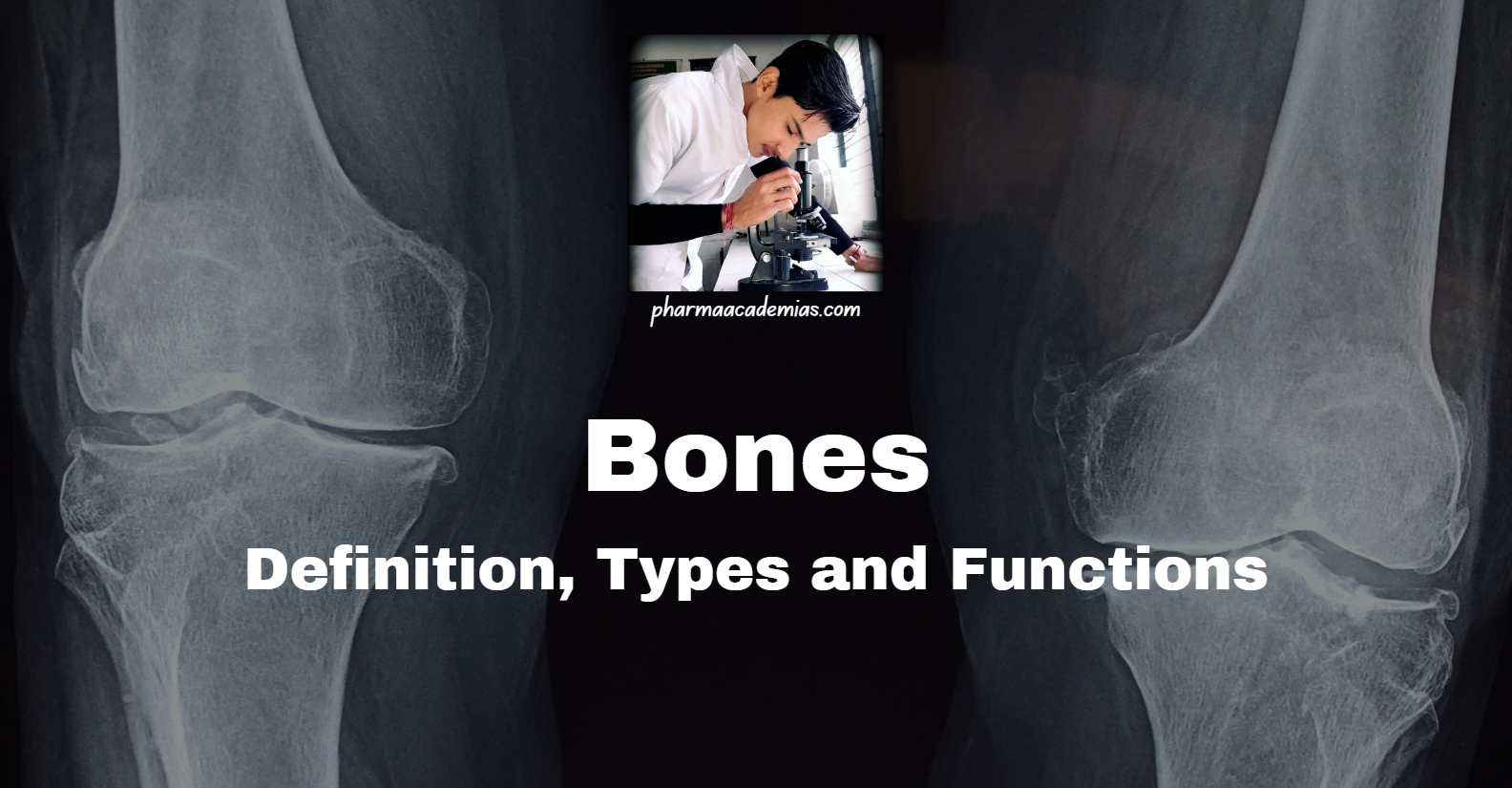Types of joint movements and their articulation
Joint movements Joint movements, also known as joint actions or articulations, refer to the various ways in which bones interact and move at the points where they meet. These movements are essential for a wide range of activities, from basic everyday tasks to complex athletic maneuvers. There are several types of joint movements, each with … Read more









